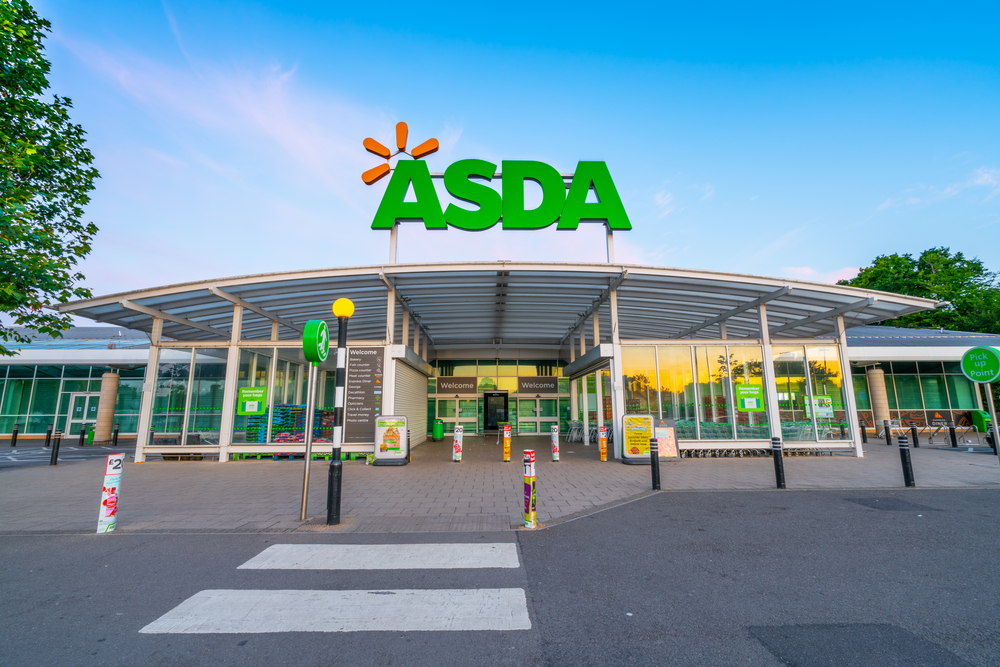The 2014 UK YouTube Ads Leaderboard saw the Sainsbury‘s Christmas ad make the cut as the most watched advert of last year.
Ahead of John Lewis‘ heart-warming ad (no.2), Nike‘s football ad (no.3 and no.4) and also Marks and Spencer‘s tale of two fairies ad (no.7), the Christmas advert from the Big Four grocer was the one to spark the most interest in 2014.
This year, the top 10 ads earned a combined 330m views. So what made these ads virtually unskippable?
Here are Google‘s top 3 insights:
Make the most of the moment: half of the top ads last year were designed around a magical moment (in this case Christmas and the World Cup). But successful brands have learned to split these big moments into hundreds of digital interactions. For example, Nike used before and after the game interactive content like highlight videos to engage with its audience.
Short doesn‘t always mean sweet: ads in 2014 were approximately 57% longer, averaging 2.8 minutes in length. This means that consumers online are happy to spend more time with branded content, provided it is entertaining and relevant. Gone are the days when 30 or 60 sec were the norm for captivating ads, and online ads were merely repurposed TV ads.
Emotions and connections: many of the winning ads have succeeded in forming deep emotional connections with their audience. Brands are targeting our hearts, not our wallets.
Graham Bednash, Director of Consumer Marketing at Google said:
“The most popular ideas are those where brands are thinking like publishers, not advertisers. They are mashing together the skills of documentary, music video and advertising to create amazing, shareable content.”
Craig Mawdsley, Chief Strategy Officer at AMV BBDO, the creative agency behind Sainsbury‘s ad, also commented:
“YouTube has been crucial in enabling us to generate audiences for the film much more efficiently than in the past. In fact, without YouTube, film-making of this ambition would be very hard to justify, as the cost of reaching enough people for a film that takes over 3 minutes to tell its story would be too great. But the “TV-premiere” strategy, that creates a tailwind of PR and social mentions, ensuring the film is sought out by viewers has served us very well. When we showed the film in research groups, a few days after its TV debut one of our respondents summed it up well “Oh, I haven‘t seen this on TV yet, but I‘ve heard about it, so I was going to watch it on YouTube”.

















